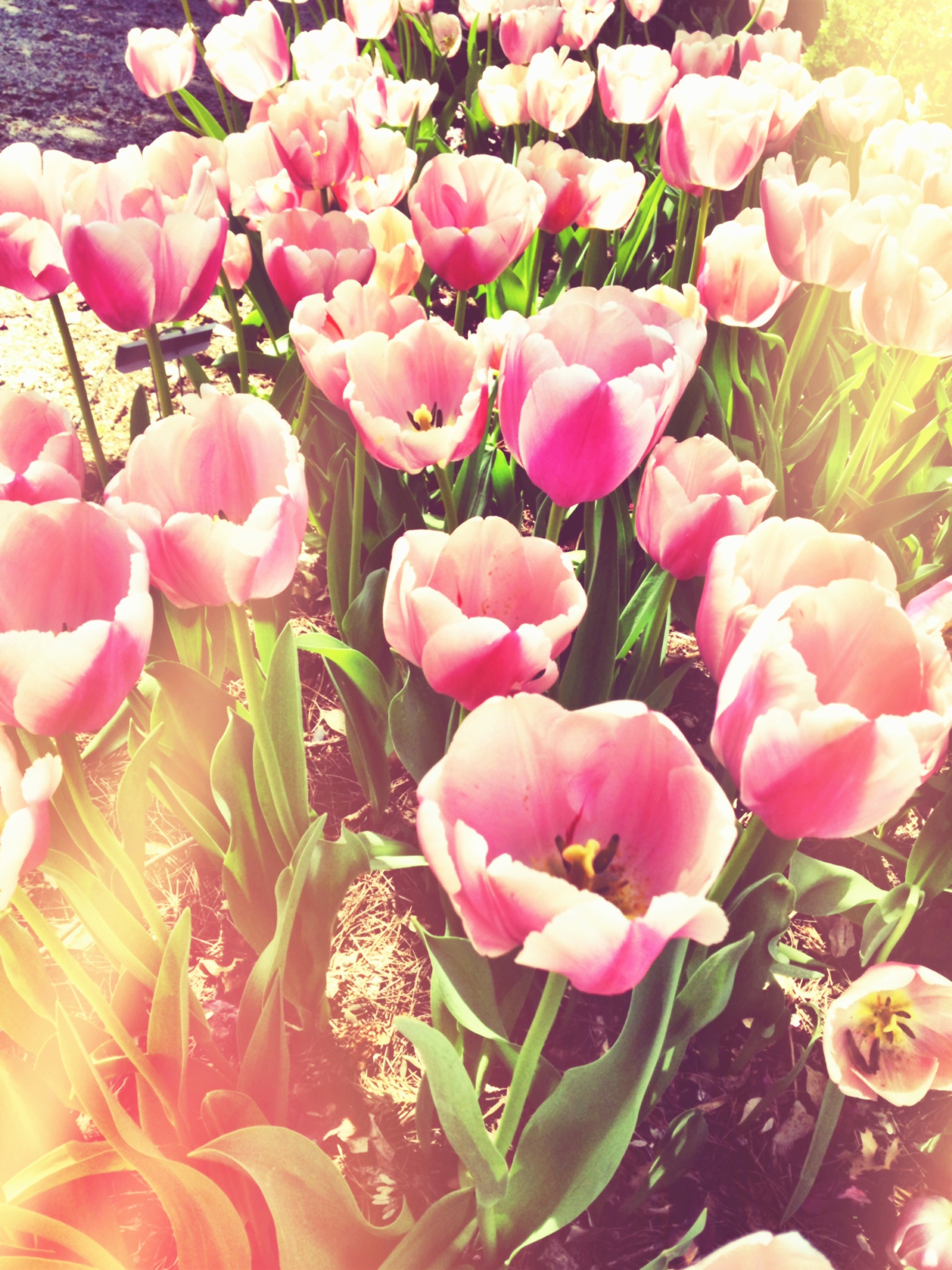Garden Stories
by Holly Sneeringer
This time of year I am inspired by garden stories—both real and imagined.
As I write, my magnolia tree is in full bloom outside my window. Its pink and white blossoms have opened into breathtaking clusters like delicate tiny teacups. But, in the blink of an eye, the petals will be falling, falling, all over the lawn and driveway and cars, leaving their pink stain, and it will seem like the show, as always, was much too brief. And some years I have missed it completely.
As Russell Page writes in The Education of a Gardener, “Garden-making, like gardening itself, concerns the relationship of the human being to his natural surroundings.” So perhaps it is the longing to understand this relationship, and to capture the essence of what goes on in a garden—the work and waiting and wonder—that pulls me into garden stories, as a writer and a reader.
In most stories having to do with gardens, we are taken into the walls of a garden, into a world apart, but never completely separate from the real world.
Like when I read Eudora Welty’s short story “A Curtain of Green” and we see the widow in her overalls working in her garden for hours without a break. We feel the neighbors watching from their windows as her garden gets wilder and wilder, and her mind begins to descend into its darkest places. I know it is not pity that I am meant to feel (despite the fact that her husband was crushed to death by a falling tree), but what the garden allows: distraction, escape, privacy, and then, renewal and relief to a woman who is desperately trying to come to terms with her own grief and the accidental nature of life.
Another widow, Mary, in “The Rose Garden” by Maeve Brennan, visits a rose garden that is part of a convent and off limits to the public—except for one day a year. On that one day the roses are blooming in every shade of red imaginable, and Mary’s disfigured, unloved body, filled with desire and longing all year long, sits so still on the garden bench and is finally fulfilled and satisfied. But once she goes back into the world outside the garden walls, her longing returns and becomes a wretched bitterness because in her own real life, she is never able to have what she has in the rose garden, on that one day a year.
It’s easy for me to imagine the perfect day in Katherine Mansfield’s story “The Garden Party.” There are roses and lilies and lavender; a marque and a band; finger sandwiches and cream puffs and tea. The Sheridan family is having a garden party and their daughter Laura has on the perfect garden hat. But just beyond the garden gate, in the “mean little cottages,” where a different class of people live, tragedy has struck. Word of a young man’s death travels into the garden walls, interrupting the party preparations. But only briefly, for despite young Laura’s pleas that the party must be stopped (there has been a death!), the festivities go on as planned. Then Laura discovers how people and life and death are intertwined in startling and unexpected ways.
Virginia Woolf explores the themes of connection and life and death in her story “Kew Gardens.” On a summer afternoon in July we are walking in Kew Gardens alongside couples and families and nature and ghosts. As the day unfolds we begin to realize how difficult it is for people to truly understand one another despite their efforts to come together for an outing among the flowers. Woolf’s impressionistic rendering of colors and light and voices and shapes in Kew Gardens paints a verbal picture of the “vast nest of Chinese boxes” that, for Woolf, is life itself.
I used to think that gardens were mostly about beauty, but I’m thinking differently these days. If there is a common thread in these garden stories, for me it has to do with seeing: seeing what the garden has to show us, what it knows about human nature, about us. Indeed the garden has its own language for what it knows about life and death. And in this way gardens are a lot like writing—the work and wonder and waiting are part of how many of us begin to see—then we can move from world to word to world.
Links to some of the stories mentioned:
“The Rose Garden” by Maeve Brennan:
http://archives.newyorker.com/?i=1959-03-28 - folio=030
“The Garden Party” by Katherine Mansfield:
http://www.eastoftheweb.com/short-stories/UBooks/GardPart.shtml
“Kew Gardens” by Virginia Woolf:
http://digital.library.upenn.edu/women/woolf/monday/monday-07.html

